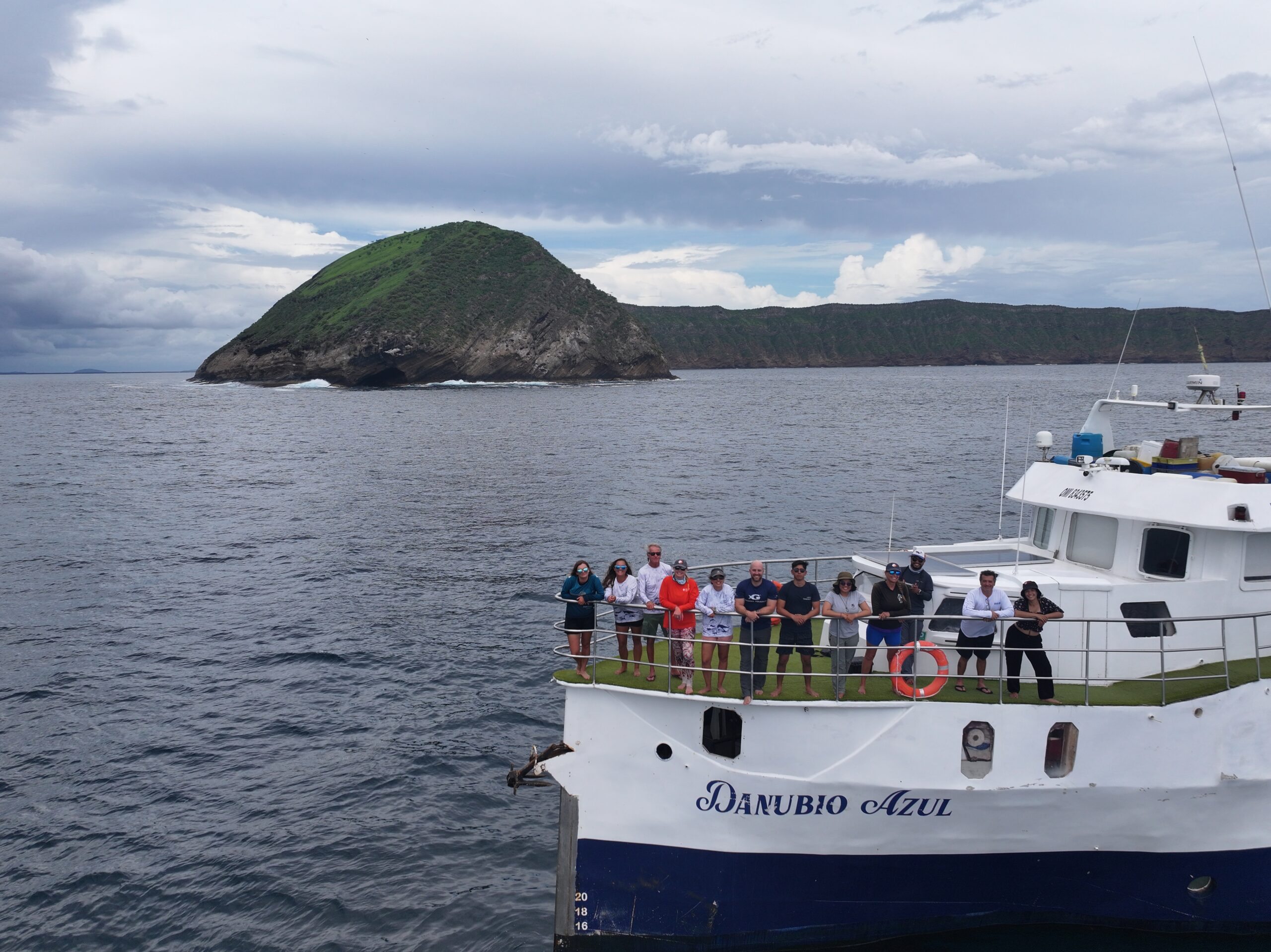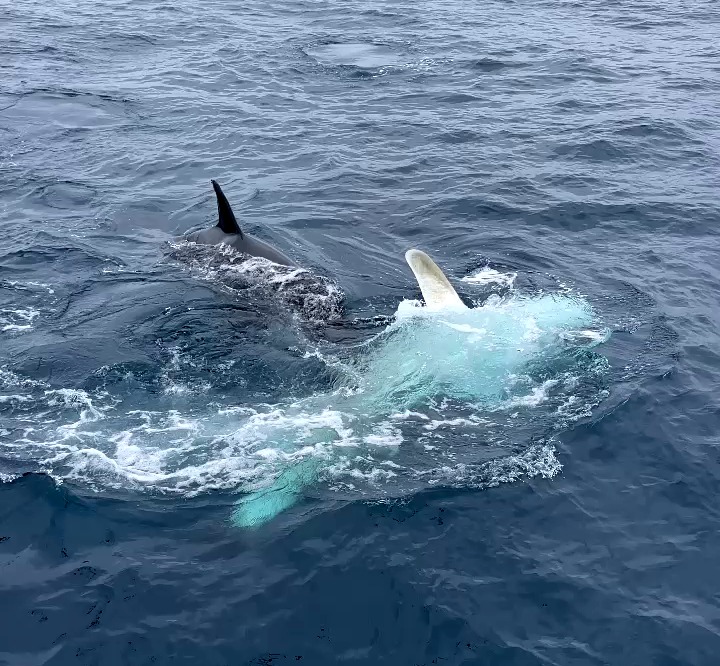His work has focused on determining the continuity of marine species between these two regions and in this way collecting solid scientific information to urge the authorities to create and strengthen measures focused on the protection of this “migratory highway” while safeguarding the world’s fauna, the environment and coastal communities.
During the first half of 2021, Dr. Hearn was visiting Cocos Island to download data from a receivers that detect the tags placed on marine animals.
The big surprise was the detection of a 2.4 long meter female tiger shark named “Yolanda”, whose mark had been placed in the Itabaca channel in the Galapagos Islands in 2014.
“For the first time this species shows evidence that it moves through the ‘ swimway’, this find is very important since this shark is considered a top predator,” emphasized Hearn.
This is added to other 6 highly threatened species; silky sharks, Galapagos sharks, hammerheads, whale sharks, green turtles, leatherback turtles, all of them use this underwater mountain range to migrate between Cocos and Galapagos.
To learn more about this important event:






